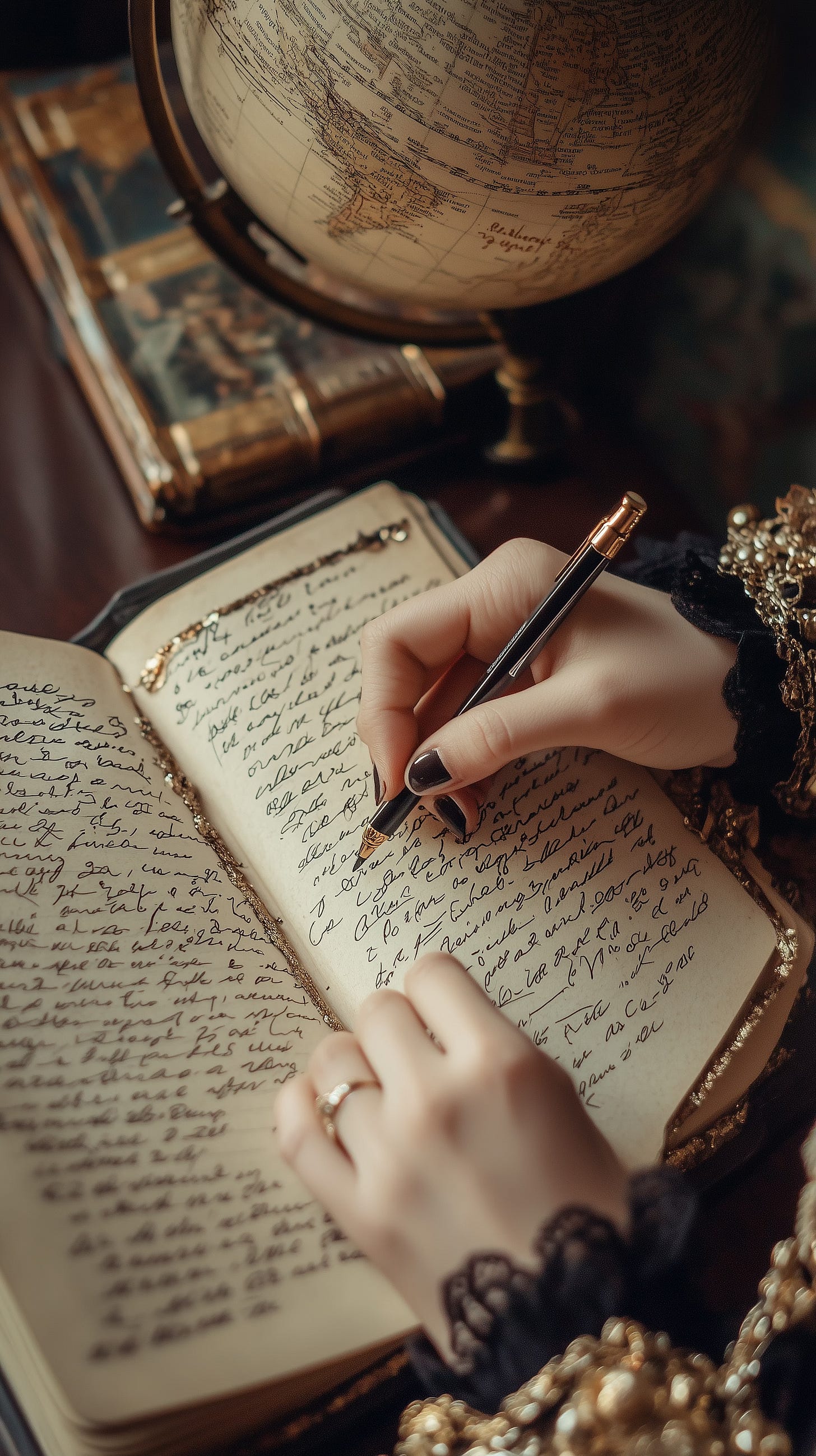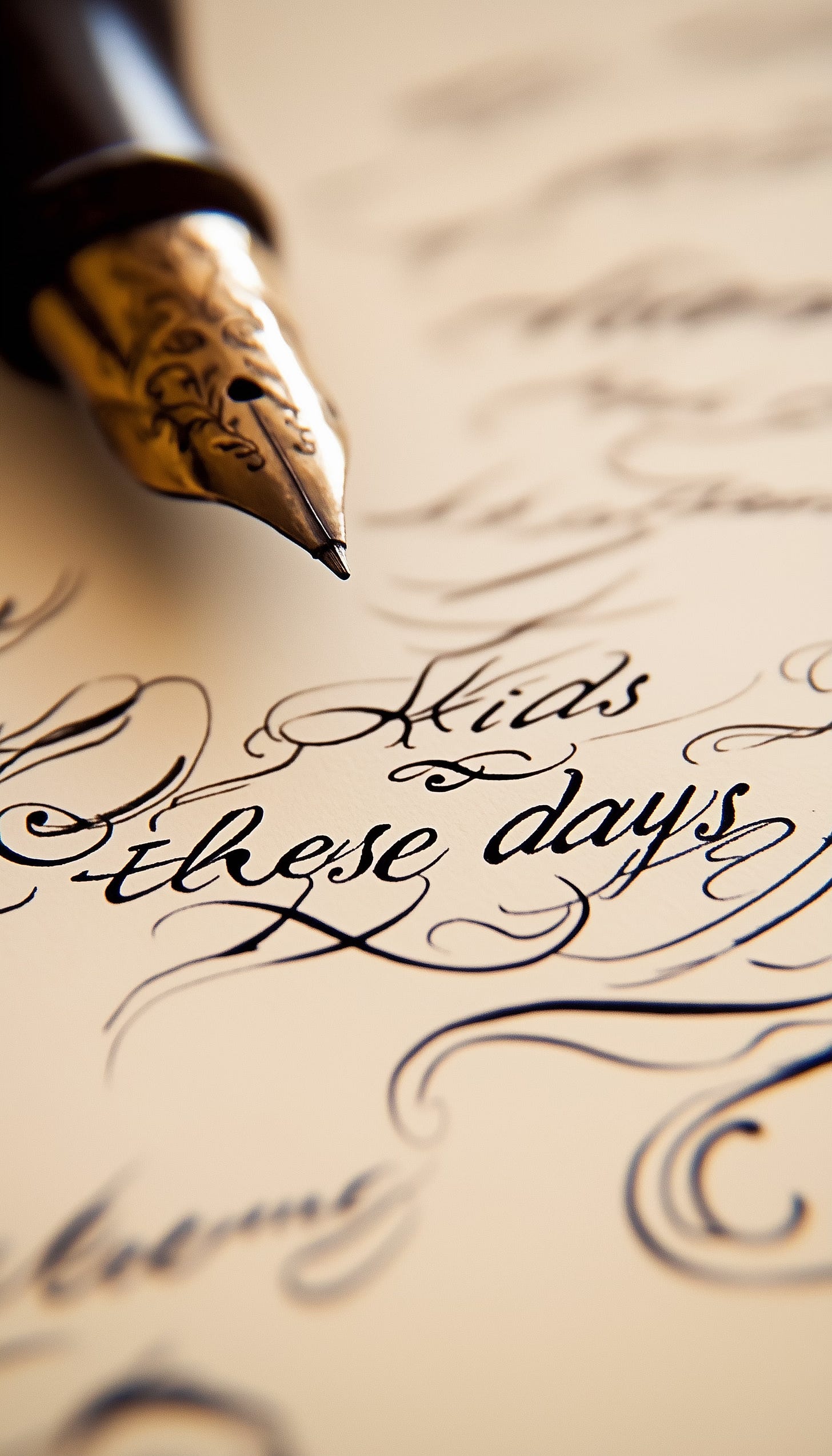Celebrating National Handwriting Day: The Art of Writing in the Age of AI
January 23rd marks National Handwriting Day, a time to celebrate the art, history, and significance of handwriting in our lives. Established in 1977 by the Writing Instrument Manufacturers Association (WIMA), the date honors the birthday of John Hancock, whose iconic signature is synonymous with personal expression and individuality. This day reminds us of the power of putting pen to paper, even as technology takes over much of our written communication.
Handwriting is more than just a method of communication. It’s an art form, a means of personal expression, and a way to preserve history. From ancient scripts carved into stone to the elegant cursive that once dominated correspondence, handwriting has shaped culture and history in profound ways. Today, artificial intelligence (AI) is playing a surprising role in preserving and enhancing this timeless skill.
5 Benefits of Handwriting
Boosts Cognitive Development: Handwriting engages motor skills and brain activity in a way typing cannot, enhancing memory, creativity, and problem-solving abilities.
Fosters Personal Connection: Handwritten letters and notes carry a unique personal touch, conveying thoughtfulness and emotion in ways digital messages can't.
Encourages Self-Expression: Through handwriting, you can develop your unique style, turning even the simplest message into a form of art.
Preserves History: Handwriting connects us to history, from ancient manuscripts to our grandparents' letters, offering a tangible link to the past.
Improves Focus and Learning: Writing things by hand helps to retain information better, making it an effective tool for studying or organizing thoughts.
The History of Handwriting
Handwriting has evolved dramatically over thousands of years. In ancient times, civilizations like the Sumerians and Egyptians developed pictographs and hieroglyphs to communicate. Later, the Romans refined the alphabet into the precursor of modern Western writing. During the Middle Ages, the invention of the quill pen and parchment led to the ornate, illuminated manuscripts created by monks, many of which survive as cultural treasures.
The Renaissance era brought more accessible writing tools, such as the fountain pen, and standardized styles of writing, including cursive. By the 19th century, handwriting had become a vital skill taught in schools, with specific methods like Spencerian script and Palmer Method shaping how people wrote. These elegant styles reflected the societal importance placed on beautiful, legible handwriting.
With the advent of typewriters and computers, handwriting’s role began to decline. Yet, it remains an important skill, offering personal expression and a tangible link to history and culture. Today, handwriting endures as both an art form and a tool for connection.
AI Meets Handwriting: Decoding the Undecipherable
As handwriting becomes harder to read for modern generations accustomed to keyboards, AI offers solutions to bridge the gap. AI tools, such as ChatGPT paired with handwriting recognition software, can interpret hard-to-read handwriting in old letters, diaries, or historical documents. This is especially useful for:
Genealogists: Preserving and interpreting family letters or recipes.
Historians: Decoding manuscripts to unlock historical insights.
Everyday People: Reading treasured but hard-to-decipher notes from loved ones.
Cultural Significance: These tools help preserve not just words but the emotional weight and cultural history contained in handwritten documents. For example, they allow us to connect with the handwritten journals of explorers, soldiers’ letters from wartime, or even our grandparents' grocery lists—all snapshots of life in different eras.
Idea in Action: Imagine scanning your great-grandparent’s letters and having AI decode their beautiful, but hard-to-read cursive into a digital, searchable format. This could be a wonderful way to preserve family history while making it accessible for everyone to enjoy.
Watch the Video
Check out our video demonstration: Decoding the Undecipherable: How AI Unlocks the Secrets of Handwriting. In this short video, we showcase how AI tools transform handwritten letters into clear, readable text, preserving memories and revealing untold stories.
Conclusion
National Handwriting Day reminds us of the beauty and importance of the written word in our lives. Handwriting connects us to our humanity, history, and culture. With tools like AI handwriting recognition, we can celebrate and preserve this timeless skill in innovative ways. Whether you’re decoding an ancestor’s letter or reflecting on your own penmanship, handwriting remains a meaningful form of expression.
So, this January 23rd, take a moment to jot something down by hand. Reflect on the stories written in ink and pencil, and consider how AI can help keep this art alive for future generations.







